You know that greens are nutritious—now make them delicious! Wilted, blanched, sautéed, braised or even puréed, these greens add great balance and depth to any dish and pair especially well with garlic, lemon and olive oil. With these shopping and cooking tips, you’ll be turning over a new leaf in no time.
How to Choose & Store Your Greens
When buying greens, look for crisp, young leaves with vibrant color. Discard any bruised, slimy leaves and stems before storage. Most will keep for a few days when tightly wrapped in paper towels and stored in the refrigerator. Wash just before using. Pre-packaged greens are a real time-saver too. Look for pre-washed Sprouts Lettuce in the Produce Department.
How To Eat Your Greens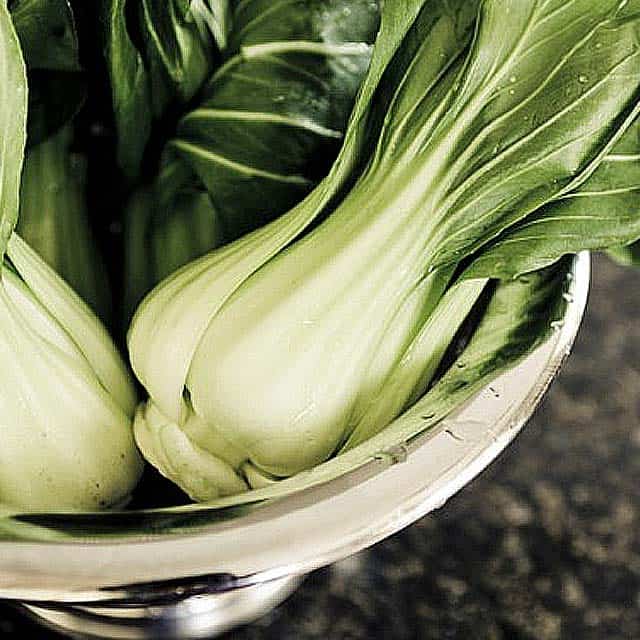
Bok Choy
Don’t stop at stir-fries! Fold these sweet, vitamin C-packed leaves raw into salads, slaws or even chicken noodle soup. Try making a simple side dish with mushrooms, bok choy and miso paste.
Collard Greens
This fiber-rich favorite is more versatile than you might think. Try collards folded into your morning frittata or added to your homemade marinara sauce.
Kale
Bursting with vitamin C, kale makes a hearty Caesar salad, brightens vegetable soups, and will even supercharge a pesto. Roast small pieces with a little olive oil, salt and pepper for a light and flavorful snack chip.
Mustard Greens
These vitamin A-filled leaves add a jolt of color and flavor to a meal, complementing meat as well as fish. Try them in braises, curries and pastas too.
Dandelion Greens
These peppery, vitamin K-loaded leaves are best served simply: sautéed in garlic and olive oil and given a spritz of lemon. You can also toss into a salad in place of arugula.
Turnip Greens
If you’ve already used your turnips in another recipe and have a pile of tops covering your cutting board, use these dark, spicy greens as you do kale or collards. They pair well with salty meats, heavy cream or fresh garlic. Or, try a fresh green smoothie for a vitamin-packed breakfast.
Swiss Chard
Chard is a nutritional powerhouse. The stems can be used much like celery, chopped and sautéed to add depth to soups. Use its slightly sweet leaves to class up a pasta dish. (Psst! A little nutmeg adds a special flavor too.) We sell red, green and rainbow varieties at Sprouts.
Spinach
Tied with kale as the most nutritious of all the greens, it delivers more than a dozen flavonoids (anti-inflammatory and cancer-fighting compounds) and half the recommended dose of vision-maintaining vitamin A.
Radicchio
Sometimes bitter is better! Okay, so it’s not green, but this red-leaf Italian chicory is traditionally used in salads. It’s also excellent grilled and drizzled with balsamic vinegar.
Escarole
It may look like romaine, but this bold and bitter green is much more flavorful. It has a delicious nutty flavor and is a wonderful accompaniment to rich meats, a topping for stews or soups, or a wrap for scallops and shrimp. Plus, you’ll find about 65 percent of your daily recommended bone-healthy vitamin K in just half a cup.
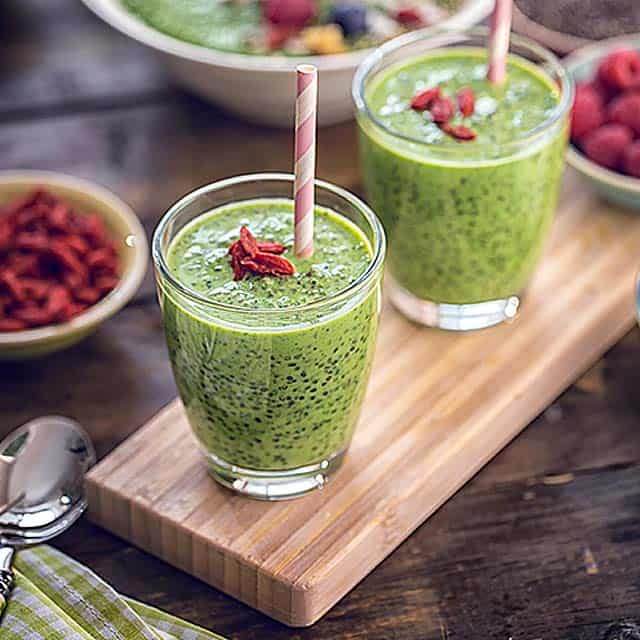 Great news for chocolate lovers! Cacao nibs, which are chocolate in their purest form, are full of both antioxidants and flavonoids. Cacao also stimulates the brain, triggering the release of phenylethylamine, a neurotransmitter commonly referred to as “the love drug,” which elicits feelings of contentment and alertness. There might be a reason for our chocolate love affair after all.
Great news for chocolate lovers! Cacao nibs, which are chocolate in their purest form, are full of both antioxidants and flavonoids. Cacao also stimulates the brain, triggering the release of phenylethylamine, a neurotransmitter commonly referred to as “the love drug,” which elicits feelings of contentment and alertness. There might be a reason for our chocolate love affair after all.

























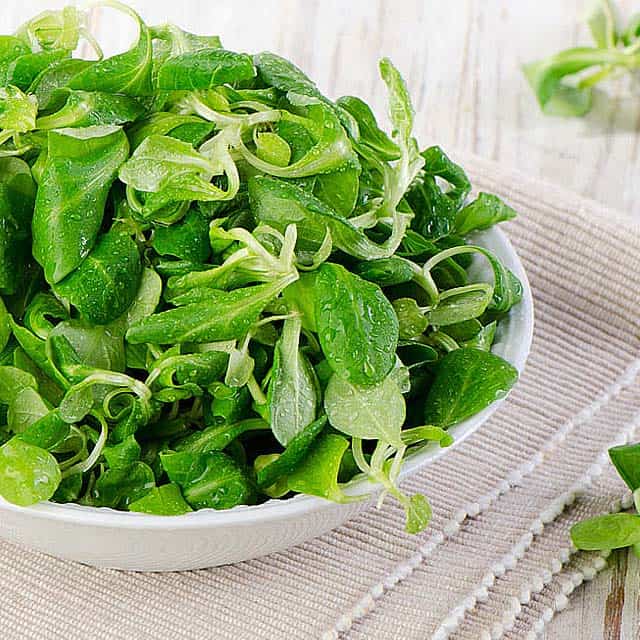

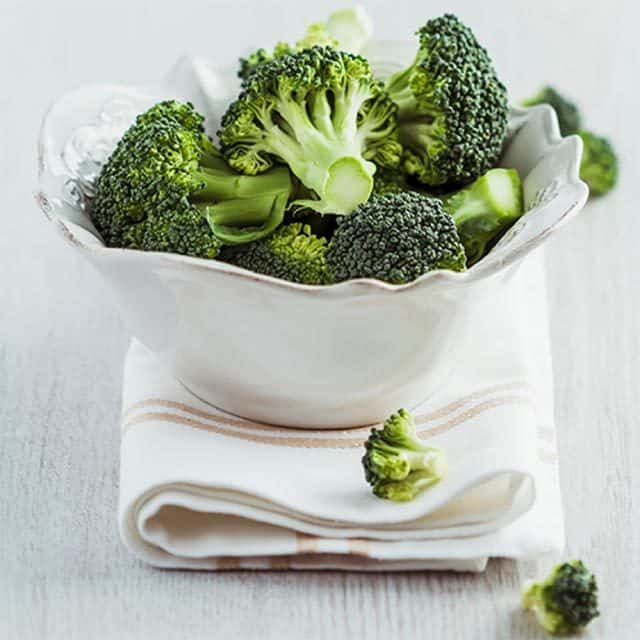 To start, the majority of potassium in our diet comes from fresh greens. They’re high in vitamins A, C and E, plus they are a great source of phytonutrients—compounds that protect and boost your immune system. No need to hold back—add to meals and snacks with abundance as green foods are naturally low in calories and free of saturated fats and cholesterol.
To start, the majority of potassium in our diet comes from fresh greens. They’re high in vitamins A, C and E, plus they are a great source of phytonutrients—compounds that protect and boost your immune system. No need to hold back—add to meals and snacks with abundance as green foods are naturally low in calories and free of saturated fats and cholesterol.
 GMOs are any organism whose genetic material has been altered using genetic engineering techniques. The majority of GMO crops (75–80 percent) are engineered for herbicide tolerance (e.g., “Roundup-Ready” crops). Farmers also cannot save GMO seeds, which means they must be purchased each year.
Even though the USDA maintains that food with GMOs are safe to eat, there is still debate surrounding inadequate data and environmental safety.
GMOs are any organism whose genetic material has been altered using genetic engineering techniques. The majority of GMO crops (75–80 percent) are engineered for herbicide tolerance (e.g., “Roundup-Ready” crops). Farmers also cannot save GMO seeds, which means they must be purchased each year.
Even though the USDA maintains that food with GMOs are safe to eat, there is still debate surrounding inadequate data and environmental safety.
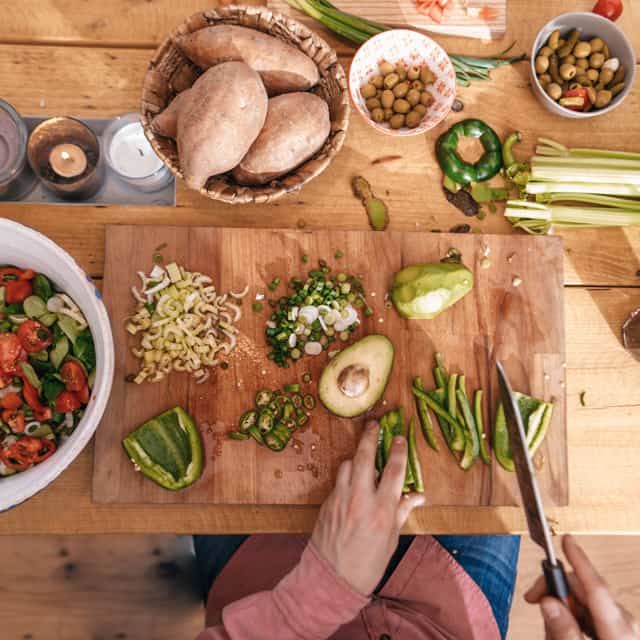 Raw meat, poultry, seafood and eggs can spread illness-causing bacteria to ready-to-eat foods if you don’t keep them separate.
Remember these helpful tips to avoid cross contamination:
Raw meat, poultry, seafood and eggs can spread illness-causing bacteria to ready-to-eat foods if you don’t keep them separate.
Remember these helpful tips to avoid cross contamination: